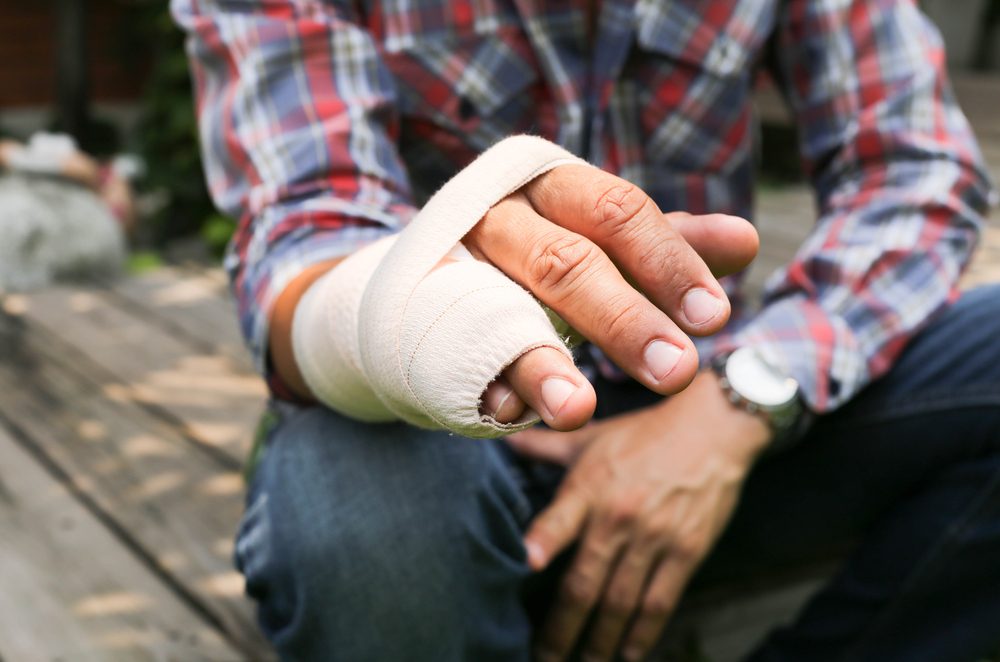Contents:
- Medical Video: Principles of Fracture Healing
- What causes spiral fractures?
- Symptoms of a spiral fracture
- How do you handle spiral fractures?
- Complications that may occur due to a spiral fracture are not handled
Medical Video: Principles of Fracture Healing
Broken bones are a common condition that can be experienced by anyone. But unlike the other two fractures, spiral fractures are the most serious condition with more risk of complications. Spiral fractures can occur in long-shaped bones such as the bones of the arms, fingers, thigh bones, and lower legs. What is the cause, and how to handle it so that it does not end in fatal complications?
What causes spiral fractures?
Spiral fractures occur when one end of the body part experiences a difference in pressure on other parts of the body resulting in strong twisting and causing a broken bone. This pressure can also cause fractures of the bone to be detached from the two broken parts.
For example, when the upper body part is moving at a high speed but the foot cannot move so that a broken bone can occur in the femur (tibia).
Spiral fractures are often caused by several things such as:
- Traffic accident involving the collision of two vehicles
- Hold the body with your hands or feet while falling
- Injury while exercising, where your hands or feet are entangled with each other
- Domestic violence in which the perpetrator deliberately pulls the victim's hand is too strong
- Twisted hands or feet when experiencing violence
Symptoms of a spiral fracture
Broken bones can occur stably, where the bones remain in place and open fractures causing blisters. Even without open wounds, fractures can cause very strong pain. Some other symptoms related to spiral fractures include:
- The body becomes unstable especially in parts of the body that have broken bones
- Swelling of the skin is compressed by the bone around the broken bone
- Cannot straighten parts of the body that have broken bones, both feet and hands
- There are blisters and bruises
- Inflammation of broken bones
- Decreased or lost pulse on the wrist around the broken bone.
Spiral fracture is a serious condition that needs to be dealt with immediately by medical professionals. Specifically explaining the symptoms and chronology that causes fractures can help with physical examination and correct diagnosis.
How do you handle spiral fractures?
In addition to a physical examination, the diagnosis also requires X-ray examination and CT scan. This is needed to see the presence or absence of bone fragments and damage to the joints closest to the broken bone.
Handling a spiral fracture will depend on the severity of the broken bone. If the broken bone stays in place, the medical action will be focused on keeping the bone from moving from its place for about six weeks.
But if there are bone fragments, surgery is needed to adjust the bones and splinters in place. The severity of fractures can change as the treatment process progresses. In addition, the handling of muscles and blood vessels also needs to be done if bone fragments cause damage. Bone adjustment may also require assistive devices that are placed around broken bones that can be temporary or permanent.
Complications that may occur due to a spiral fracture are not handled
If not treated a spiral fracture can be life threatening. Complications of spiral fractures are associated with several other muscle and bone problems that may also appear after a broken bone is operated on.
Complications often caused by spiral fractures include:
- Damage to blood vessels and nerve cells
- Blood flow to the legs stops due to inflammation and swelling
- Muscle damage
- Osteomyelitis bone infection or other chronic infections in the inner bone
- Sepsis triggered by a serious infection
- Abnormal bone regeneration
- Pulmonary embolism due to damage to blood vessels and pieces of blood entering the channel to the lungs.












